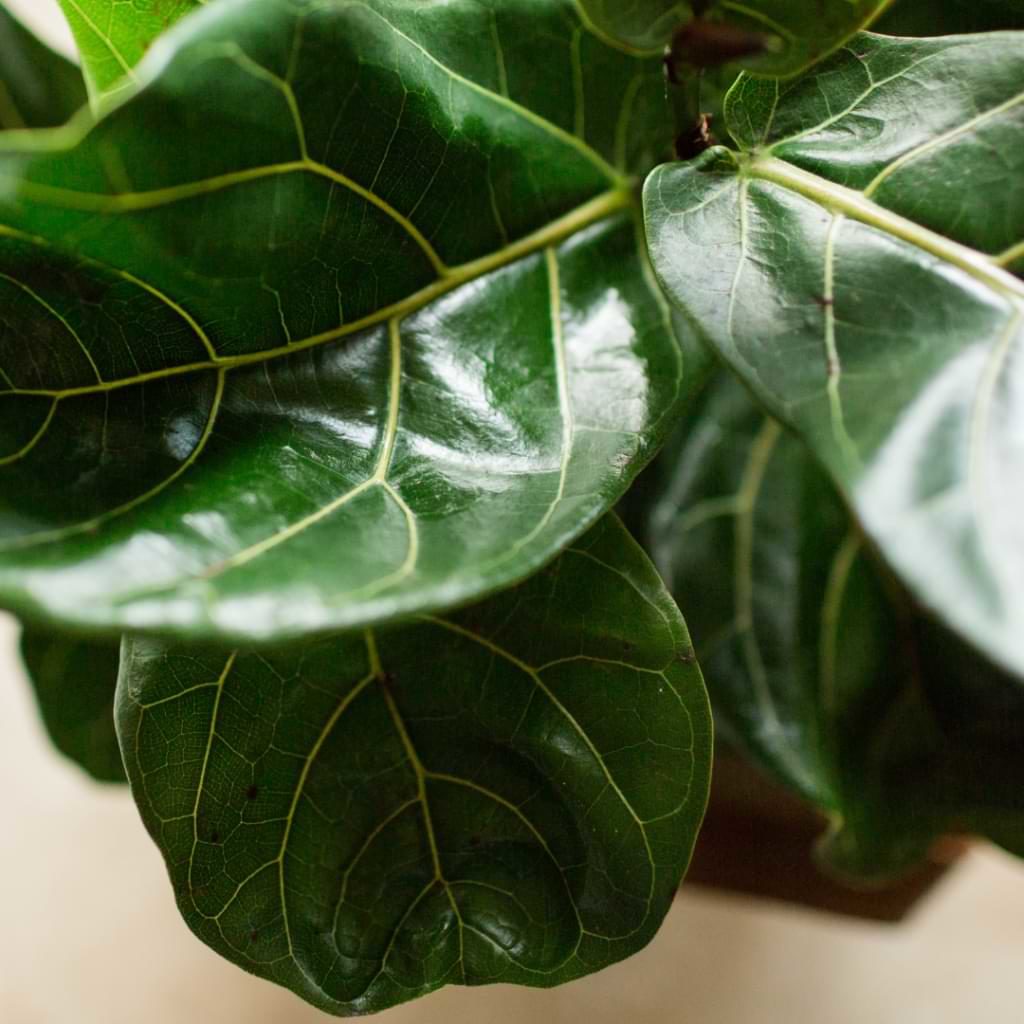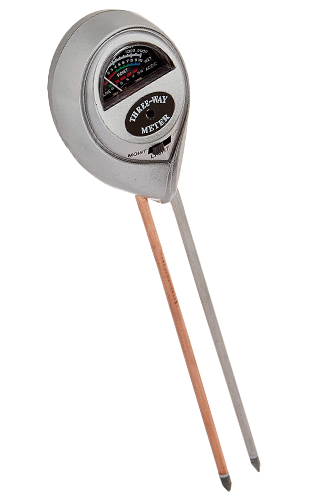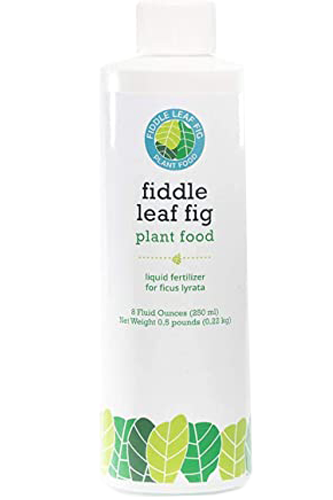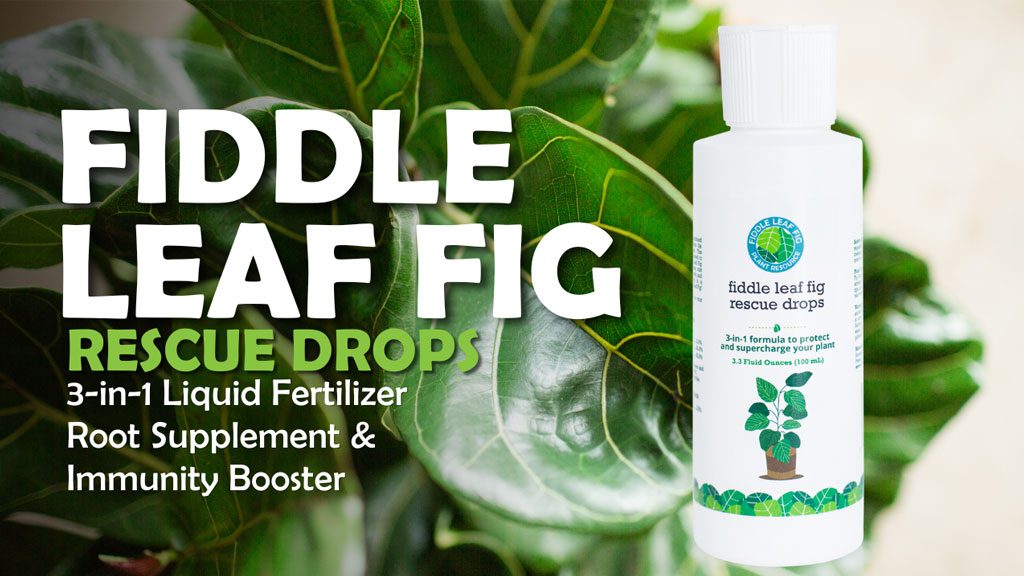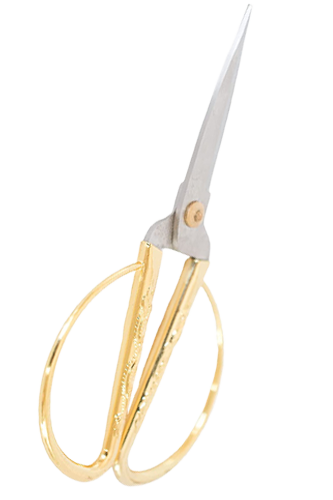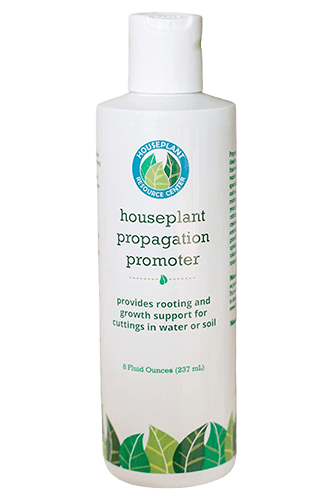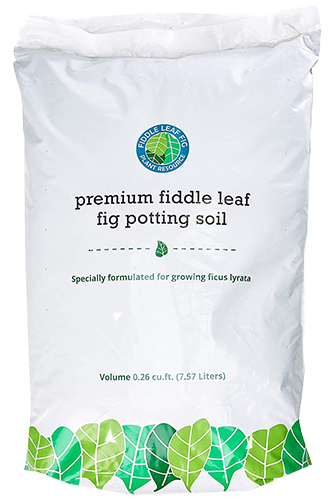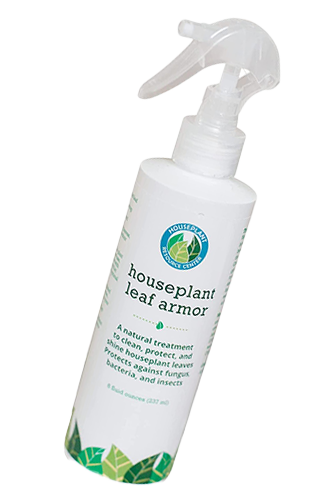If you’ve owned a fiddle leaf fig tree or any type of ficus tree, you might start to get curious about the other types of ficuses you could grow outdoors or indoors as houseplants. There are actually a lot of different types of ficuses grown as indoor and outdoor ornamentals. They require similar care, so it’s very easy to care for different ficus varieties if you have experience with ficuses in general.
You might have to start a collection!
The genus Ficus includes over 850 species of trees, vines, and shrubs. Mostly hailing from tropical regions around the world, many of these plants are grown as indoor and outdoor ornamentals and even as fruit trees!
In this article, we’ll cover some of the more common varieties of ficus you may want to try growing indoors and outdoors, as well as a few less-common varieties for the serious collector!
Outdoor Ficus Trees
Depending on where you live, you may be able to grow some varieties of ficus trees outdoors! Most ficuses can grow outdoors in USDA Hardiness Zones 8-10, but a few cold-tolerant varieties can even live in Zones 6 and 7.
Sacred Fig
Ficus religiosa is native to India and called the sacred fig because it has spiritual significance for several Eastern religions including Hinduism, Jainism, and Buddhism. This is thought to be the type of tree that the Buddha meditated beneath to achieve enlightenment.
This tree can grow up to 100 feet outdoors and have striking heart- or arrow-shaped leaves with long, trailing tips. Sacred figs are incredibly long-lived and can grow to be over 2,000 years old! The fruits are sometimes used medicinally, but usually not purely for food. Due to its fast-growing and epiphytic nature, the sacred fig, like many ficuses, is considered invasive.
It will thrive outdoors in tropical and subtropical climates, or USDA Hardiness Zones 10-11. This tree can also be grown indoors or even as a bonsai!
Mistletoe Fig
Ficus deltoidea is known for its thick, round leaves with distinctly green tops and golden undersides, and also for its small, light-green, non-edible fruits that it produces year-round. With these fruits and small rounded leaves, the tree looks reminiscent of mistletoe!
The leaves of male trees tend to be longer, while the female leaves are larger. This small tree is also considered a shrub and only grows to about 6 feet tall outdoors in the ground and 3 feet in a container. The mistletoe fig prefers slightly drier conditions than most figs. This tree can be grown outside in Hardiness Zone 10.
Indian Laurel
Ficus microcarpa is often grown as a shade or barrier/hedge tree and grows up to 40 feet tall outdoors. You might see it planted in rows in semi-tropical regions. This tree can be heavily pruned and is often cut back and trained to grow straight up without a lot of spread.
Native to tropical China and other areas in Southeast Asia, this ficus is considered invasive in several areas in the Americas. As epiphytes, they tend to grow on trees and other structures such as buildings and bridges in urban settings.
This tree prefers warmer temperatures and grows in Hardiness Zones 9-11.
Common Fig
Ficus carica produces the edible figs you might see at the grocery store or farmers market in August, and that show up in your Fig Newtons! The common fig is one of the first plants that humans cultivated for food.
Native to the Mediterranean region and areas in Western Asia, this tree grows to about 30 feet tall outdoors.
Aside from producing edible fruit, this tree is known for its large, lobed leaves and cultivated as an ornamental as well as a fruit tree.
This tree thrives in Zones 8-10, but won’t produce edible fruit without the presence of the fig wasp to pollinate or manual pollination.
Indoor Ficus Trees and Plants
Many types of ficus trees are also excellent for growing in pots as indoor ornamental plants. You’ve probably seen a lot of these plants while out and about and on social media or TV shows.
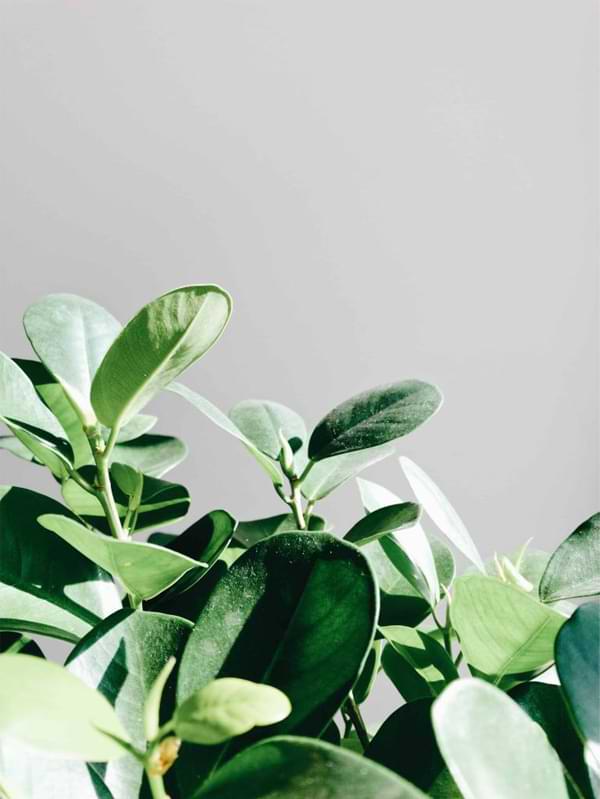
Audrey Ficus
Ficus audrey, or Ficus benghalensis, is a fairly popular type of indoor ficus with large green foliage similar to those of a fiddle leaf fig, but thicker and more rounded and with a distinct fuzzy texture. While not quite as easy to find (and fairly pricey), it’s often considered to be one of the easier figs to grow indoors because its watering needs are a bit more flexible than those of some other ficus trees.
Also known as the Indian banyan tree, Ficus audrey can reach up to 100 feet outdoors, but inside it will most likely only grow to a manageable 10 feet tall.
Learn more about caring for ficus audrey here!
Fiddle Leaf Fig
Ficus lyrata is known for its large, fiddle- or lyre-shaped green leaves. Native to Western Africa, the fiddle leaf fig grows up to 60 feet outdoors and usually maxes out at 10 feet indoors. This beautiful tree is well suited for growing indoors if it has enough light.
While this tree is known for being high-maintenance, we’ve got all the resources you need to become a pro at growing ficus lyrata! Start with our free webinar here.
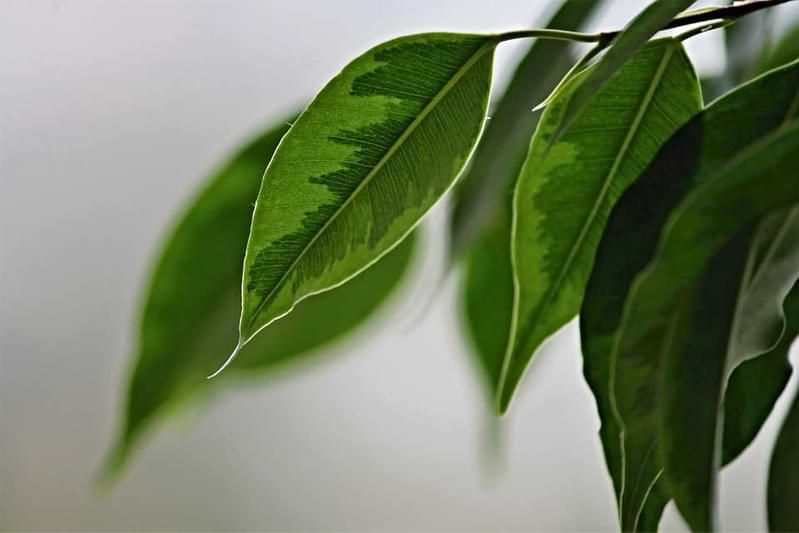
Ficus Benjamina
Also called the weeping fig, Ficus benjamina is one of the most common indoor ficuses, and you probably see them quite often! It’s fairly easygoing for an indoor tree.
This tree is known for its small, pointed oval-shaped leaves and graceful branches. You can let this tree stretch out its branches or prune and train it into a lollipop shape! The trunks can also be braided together for a different look.
This ficus cultivar is native to Australia and parts of tropical Asia. While it can grow up to 100 feet outdoors, it will stay around 10 feet tall inside.
Ficus Lyrata
Also known as the fiddle leaf fig, ficus lyrata can be a bit fussy and challenging for beginners.
But we’ve got all the resources you need to grow a beautiful and healthy fiddle!
Narrow-Leafed Fig
Ficus longifolia, also called the longleaf fig, lives up to its moniker and is named for its long, lance-shaped leaves that gracefully point downward. If you love the look of the weeping fig, you should give this tree a try!
One fun feature of this tree is that the new leaves start out as pink or red and then later turn green. This is a smaller variety that tolerates fairly low light conditions for a ficus but does best in bright, indirect light.
The narrow-leafed fig grows up to 50 feet outdoors but will stay around 5-10 feet in a pot.
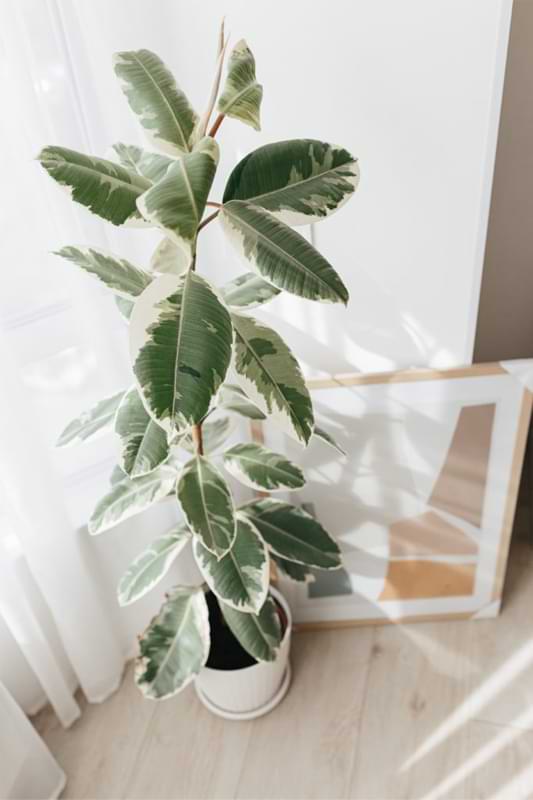
Rubber Plant
Ficus elastica is known for its leathery oval-shaped leaves. The rubber plant leaves can range from dark green to burgundy and also come in some striking variegated varieties. Originating from tropical areas of South and Southeast Asia, ficus elastica is considered easier to care for than its cousin ficus lyrata. It can grow up to 60 feet outdoors but will stay under 8 feet tall indoors.
Many plant owners find this to be an easy ficus to start with.
Learn more about caring for a rubber tree here!
Weeping Fig
Very popular indoors, this is the common name for Ficus benjamina. You’ve probably seen it in malls, office settings, in homes, and on TV!
Learn more about weeping fig care here.
Creeping Fig
Ficus pumila, also known as the climbing fig, is an unusual ficus because it grows in vines that can climb other surfaces like walls and fences much like ivy. You can grow this as a hanging plant, on a shelf or table, or even as a topiary! With its vines and small leaves, it’s hard to tell this is even a ficus!
The vines of the creeping fig can grow up to 15 feet long. Train it to grow up a trellis or other support, or prune it and keep it as a hanging or vining plant. This plant can damage the surface it climbs, so don’t let it climb up your wall or furniture.
Ficus Tree Plant Care
As tropical plants, ficus trees typically prefer moderate watering, lots of bright indirect sunlight, and moderate to high humidity. Specific light and watering needs might vary from variety to variety, but care for all varieties of ficus is largely the same. So if you’ve gotten the hang of caring for one variety, you’re more than ready to try some of the others!
How to Care for a Ficus plant Indoors
Soil and Potting
Pot your ficus in a pot about 2-3 inches larger than the root ball so the tree has some space to grow. make sure the pot has drainage holes!
Use a light, fast-draining soil mix with a neutral pH. Indoor or cactus mix with extra perlite mixed in can work, but we recommend a soil mix created specifically for ficuses. You can make these from scratch using ingredients like coco coir, compost, orchid bark, perlite, etc. We also highly recommend our Premium Fiddle Leaf Fig Potting Soil, which works beautifully for all species of ficus. It’s the perfect balance of drainage and water retention, and packs a nutritional punch to get your ficus off to a good start!
Light
As tropical plants, your ficus will do best in plenty of bright, indirect sunlight. In general, varieties with larger leaves will need more light.
An east-facing window is the best place to put a ficus, but a south- or west-facing window can also work if you place the plant back far enough so that the sun’s rays don’t fall directly on the leaves after about 10:00 a.m.
A north-facing window probably won’t provide enough light to keep a ficus happy, but you can supplement with grow lights if conditions in your space aren’t ideal.
Some species can tolerate lower light better than others, but all ficuses will do best in bright light. (You can even train some, like the fiddle leaf fig, to tolerate and thrive in full sun!)
Water
Water needs may vary slightly from ficus to ficus, but as a general rule, water when the top 2-3 inches of soil feel dry to the touch or when a moisture meter reads 3-4. (If you don’t have a moisture meter, here’s the one we recommend. It also measures light and soil pH!)
It’s very important that you don’t overwater your ficus or let it sit in wet soil (this means your drainage should be optimal), because these plants are quite susceptible to problems like root rot when they stay wet for too long!
Temperature and Humidity
Although ficus trees are generally low-maintenance, they do have fairly specific temperature requirements. Keep indoor temperatures between 65 and 85 degrees Fahrenheit, and never let them drop below 60 degrees.
Ficuses do best with humidity levels at 40% or above. If you live in a dry area or notice that your ficus’s leaves are looking a little dry (and you’re not underwatering), you might want to set up a humidifier nearby, move your ficus to a sunny bathroom, place it near other plants so it can benefit from humidity caused by respiration, or put smaller ficuses on a humidity tray. You can get one of these at any garden center or make your own by filling a shallow tray with water and pebbles and placing your plant on top.
Fertilizer
A growing ficus can easily use up all the nutrients in its potting mix in just a few short months, so it’s important to add nutrients back into the soil!
We recommend using a balanced liquid fertilizer regularly during the spring and summer when ficuses are most likely growing. Fiddle Leaf Fig Food is designed for ficus lyrata, but it works well for all species of ficus. The best part is, it’s gentle enough to use every time you water, so you won’t have to remember a fertilization schedule and accidentally under- or over-fertilize your fig!
You can get Fiddle Leaf Fig Food on Amazon.
Pruning and Propagation
Some species of ficus will need to be pruned more than others to control their size or length. (Creeping fig will need to be pruned more often than, say, a rubber tree.) You should also prune away any dried-out or diseased leaves as well as clear out crowded areas to promote airflow between the leaves. (This prevents fungal issues like powdery mildew.)
Make sure to use clean hands and tools to prevent potentially spreading infection, and you’ll also want to wear gloves and maybe put down a towel. Most ficuses contain irritating sap that can damage floors and bother your skin!
While you’re pruning, you can propagate ficus trees with cuttings. Simply select a cutting with some healthy new growth, cut it off with clean shears, and place the cutting in a clear glass container of water with a little rooting hormone. Keep the water topped off and change it once per week. Within a few months, you should see new roots starting to form! Once the roots are an inch or two long, you can plant the cutting in a pot and care for it like a mature fig.
Repotting
Most ficuses grow fairly quickly (some up to a foot or two per year!) and will need space for the roots to spread out, so plan on repotting your tree every year or so. Go up a pot size (about 2-3 inches larger than the root ball) and make sure the pot has drainage holes! Use a light, fast-draining soil, and try to get as much of the old soil out of the root ball as possible so your plant has a fresh start.
Don’t fertilize your ficus for a month or two after repotting. Your new soil should have plenty of nutrients, and you don’t want to accidentally over-fertilize or even burn the roots while they’re so sensitive from being repotted.
Troubleshooting
For the most part, ficuses will exhibit similar signs when something about their care or environment is causing problems.
Here are some of the most common signs to watch for:
Yellowing leaves: Indicates overwatering/insufficient drainage, lack of light, or nutrient deficiency. Check the moisture level of the soil and lighting conditions, and remember when you last fertilized or repotted.
Light-brown, crispy spots: Your plant is underwatered or is lacking humidity. Water if the soil feels dry, make sure your tree isn’t near a vent or draft, and consider increasing humidity.
Dark-brown spots on lower leaves: Your tree might have root rot. Check the moisture level of the soil with a moisture meter, and consider unpotting the tree to inspect the roots. Remove any rotting roots and repot into fresh soil with great drainage. Use our Root Supplement to help the roots heal and protect them from further infection. Soft stems are also an indication of root rot.
Insects: Ficuses are susceptible to household pests like spider mites, scale, mealybug, and gnats. If you notice the presence of insects, webbing, or honeydew, rinse your plant in the shower or with a hose to remove them and treat the leaves with diluted neem oil. If the problem persists, you may need to use an insecticidal soap.
Stunted growth: If your tree isn’t growing during the spring and summer, it may need more light, fertilizer, or a new pot so the root ball can spread out.
Outdoor Ficus Plant Tree Care
If you want to grow a ficus tree outdoors, first make sure that your desired variety can thrive in your USDA Hardiness Zone.
Plant your tree where it will get at least 6 hours of direct sunlight each day. Your tree will need a moderate amount of water, so if conditions are dry, you might need to water deeply with the hose every 1-2 weeks. It’s also important to fertilize with a balanced fertilizer in the spring and summer while the tree is most likely to experience a growth spurt.
Ficuses are beautiful trees with a rich history and significance all over the world! Few trees are so well suited to growing indoors and outdoors. Try a new variety or two and start growing your ficus collection!

